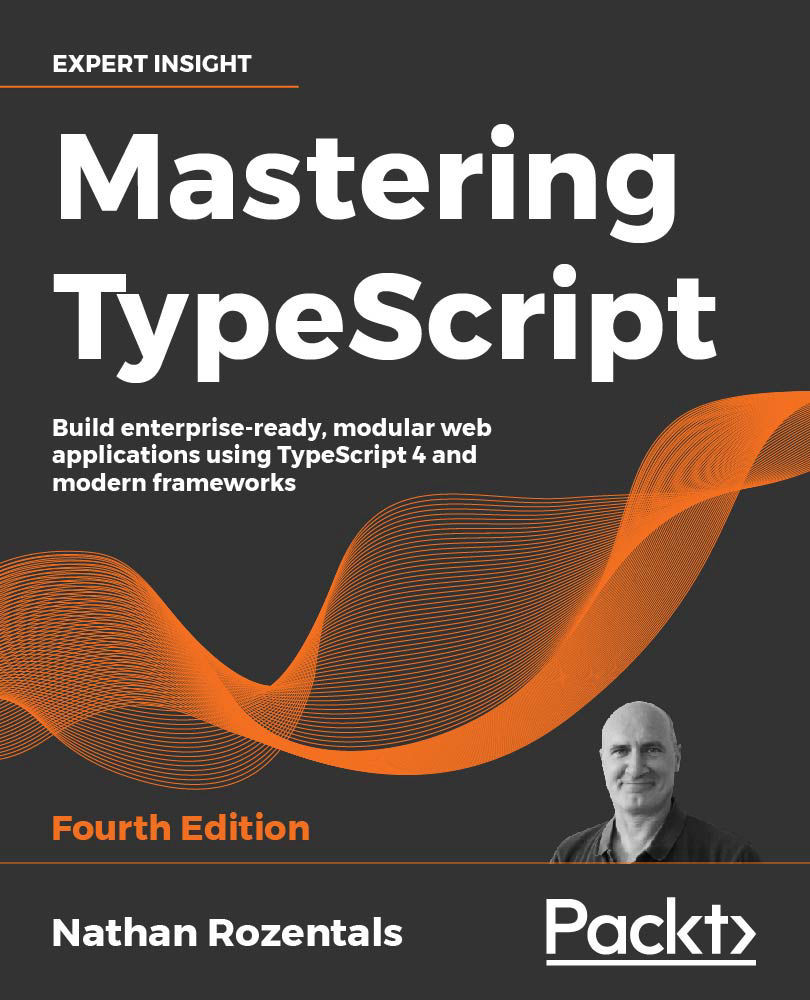Thus far, we have covered the basic principles of using types in TypeScript. We already know how to define a type for a variable or a function argument, and some of the rules that the compiler uses in order to ensure strongly typed code. We have discussed some of the basic, or primitive, types (number, string, and boolean), as well as the array type. However, we have only just skimmed the surface of the TypeScript type system.
In this chapter, we will explore all of the primitive types that are available, as well as some language elements that we can use to better describe how to use these types. We will discuss when and where to use these types and language elements, and even when not to use some types.
This chapter is broken up into five main sections. In the first section, we will explore the any type, the let and const keywords, and union types. The concept of union types feeds directly into a discussion on type guards, and type aliases. We will round this first section off with a discussion on enums, including string enums and const enums.
The second section of this chapter will work through the remainder of the primitive types that are available for use, including undefined, null, object, and unknown. There are also language features that help us when we have to work with values that could be undefined or null, including optional chaining, nullish coalescing, and definite assignment. We will also discuss the never type, and how it can be used to identify logic errors.
In the third section of this chapter, we will discuss the object spread syntax, which is used to combine properties of one object with the properties of another. We will see how this spread syntax can also be used with arrays as a handy syntax for combining arrays and array values.
The fourth section of this chapter is all about tuples, what they are, and how they can be used.
The fifth and final section of this chapter deals with the use of types within functions and function signatures. We will see how we can use optional parameters in a function, default parameters, and rest syntax. We will also show how we can define a function signature as a function parameter, in order to ensure that any function provided as a callback function has the correct parameters and parameter types.
There is a lot of ground to cover in this chapter. It will, however, give us a great understanding of the TypeScript type system. We will explore what types are available for use, how and where these types can be used, and what language features are available to help with our use of types.
Let's explore the TypeScript type system.



 Free Chapter
Free Chapter

